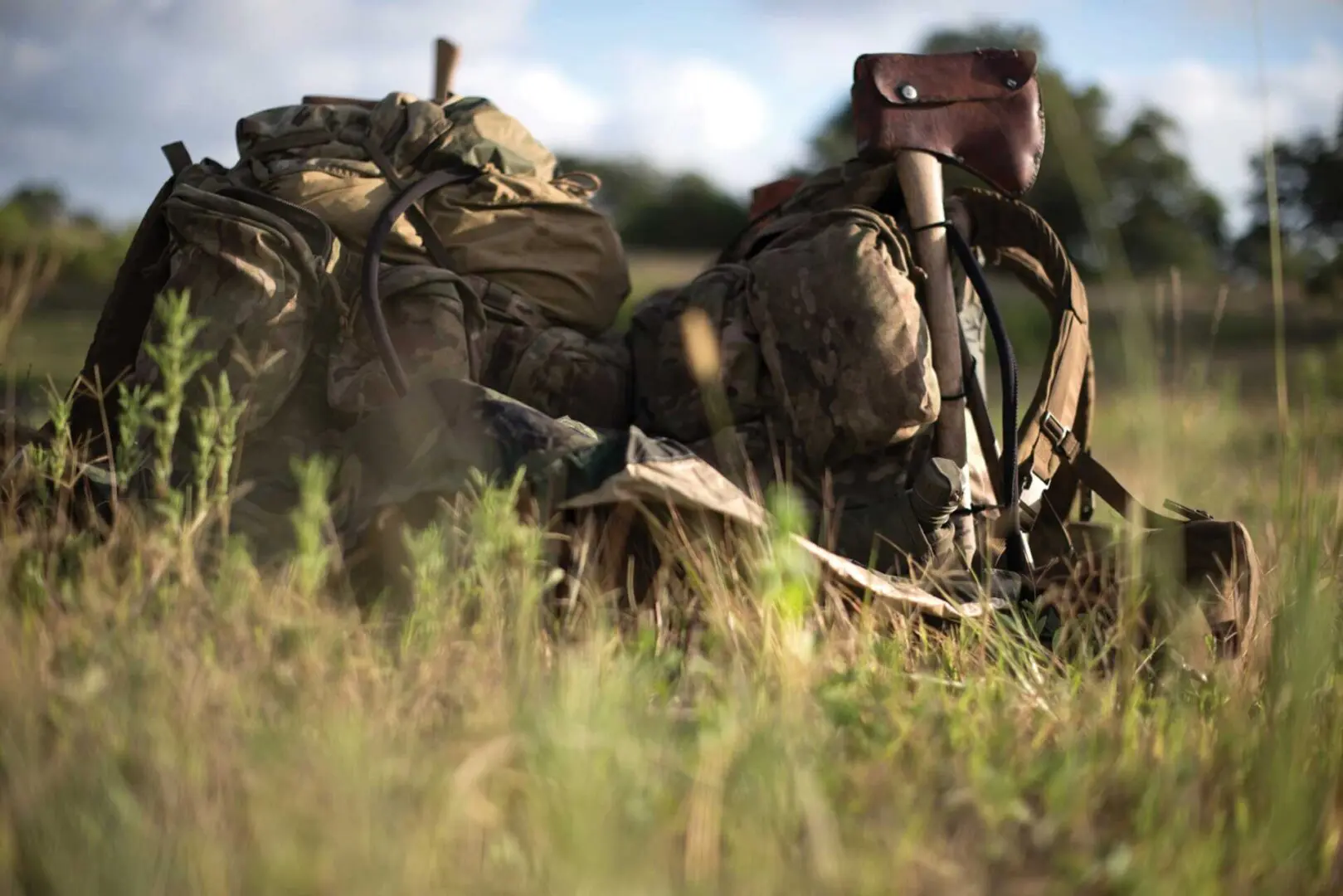Survival, Evasion, Resistance, and Escape Training
By MR. TERENCE M. MULLIGAN, STAFF WRITER
It is one thing to be a great pilot or aircrew member—you strive for excellence on any mission and aim to serve with professionalism and honor. However, expertise at your assigned task is only part of the equation. It is another thing when the unforeseen happens—if an aircraft is shot down or suffers a malfunction and the crew is forced to eject over enemy territory, into a body of water or harsh climate, becoming isolated personnel (IP) to survive until rescue crews can bring them back to safety.
That is where Survival, Evasion, Resistance, and Escape (SERE) training comes in. This training is essential for all military and civilian personnel so they are prepared for any contingency. Evading capture is obviously a top priority, but broader survival skills also come into play. Enemy forces may not be the only danger to a downed Airman. Extreme climate conditions (e.g., frigid arctic mountain or arid desert environments) also threaten personal safety and recovery.
What are the best practices for improvising shelter for the situational environment? What is the best approach for self-administering first aid after an injury? How can you stave off hunger and thirst? How can you manage fatigue or psychological stress? SERE training offers a comprehensive approach to these and other risks. As described in the SERE guidebook (AF Handbook 10-644) for IP, the assigned mission is to “return to friendly control without giving aid or comfort to the enemy, to return early and in good physical and mental condition.” In a combat situation or in enemy territory, the phrase “without giving aid or comfort to the enemy” is crucial and expected as part of the Code of Conduct.
Observing one’s environment may lead to useful resources for survival. For example, are there plants or animals nearby that can provide nourishment? At the same time, you must also ask, are there any dangerous animals to avoid? Are dry branches, leaves, or logs available for making a fire for cooking and warmth? Do you have the resources to make a lean-to shelter? How can you estimate your latitude and longitude or determine your exact location without a compass or map, as the proper use of signal flares, smoke grenades, and radio equipment may eventually lead to rescue? Some of the survival skills covered in SERE training can be beneficial even without experiencing an emergency. Plus, the training can boost a pilot or crew member’s confidence, knowing that they have the wherewithal to survive a variety of emergencies.
Personnel are appreciative of the knowledge gained during SERE training. “I’m learning how to make a fire…I never made a fire before,” said Britney Jaworski, 418th Flight Test Squadron. Instructors are appreciative, as well, of being able to impart such valuable information. “Knowing we provide training that could save someone’s life, but hope they never have to use it, is one of the most rewarding things in this job,” said Tech Sgt. Timothy Emkey, 366th Fighter Wing SERE specialist. With SERE training, personnel gain the tools to survive physically and psychologically, and to “return with honor.”


